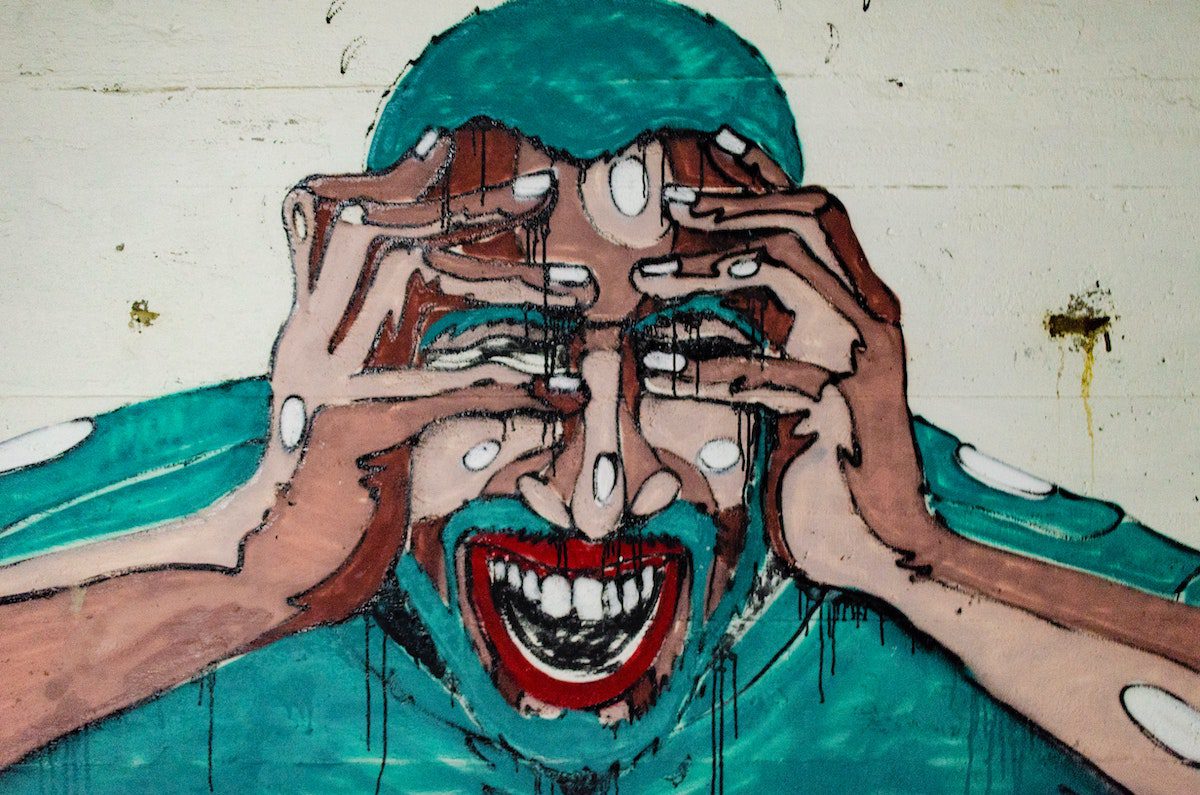Is Life Worth Living with Chronic Pain?

Chronic pain is a highly prevalent condition that negatively impacts many aspects of a sufferer’s life. It can become increasingly complex in its pathophysiology, becoming more difficult to treat over time.
Sleep, cognitive processes and brain function, mood/mental health, cardiovascular health, sexual function, and overall quality of life suffer when someone is suffering from chronic pain. Not only mentally, emotionally, and physically draining, many people who suffer from chronic pain incur significant economic consequences.
While living with chronic pain can increase feelings of isolation, people who suffer from chronic pain should know: you are not alone.
A 2018 morbidity and mortality weekly report estimated that the prevalence of chronic pain ranges from 11%-40%. Millions of people live with terrible pain every day, especially among adults living in poverty, adults with less than a high school education, and adults with public health insurance
Because chronic pain is a complex, multifaceted health issue, effective multimodal treatment strategies, including analgesic therapy that controls pain intensity, are essential to improving outcomes and helping patients return to normal levels of function.
What is Chronic Pain?

Chronic pain is defined as pain that lasts more than three months, from a variety of causes and with myriad cascading negative effects on someone’s life.
What is Pain?
Pain begins in receptor nerve cells beneath the skin and in organs throughout the body. When the nerves detect a problem, it triggers a message to the brain: “ouch!”
Pain, especially chronic pain, can cause the “terrible triad”– suffering, sleeplessness, and sadness. Suffering from the terrible triad can lead to dependency, repeated surgeries, and risky health practices. People suffering from chronic pain are understandably desperate to find relief.
Quick Facts about Chronic Pain
Chronic pain is one of the most common reasons adults seek medical care.
Chronic pain is linked to restrictions in mobility and daily activities.
Chronic pain is linked to opioid dependence.
Chronic pain is linked to mood disorders such as anxiety and depression.
Chronic pain is linked to poor perceived health and quality of life.
The negative consequences of chronic pain radiate from the person suffering to their families, and to society as a whole.
How Does Chronic Pain Feel?
While chronic pain is a widespread problem, it is an intensely personal experience, varying from person to person.
One thing that’s important to note about chronic pain is that it can be an invisible monster– severely impacting a person’s life while leaving no visible trace. This can mean exhaustion from chronic pain can look like laziness to an outsider. Unfortunately, some people believe that if you can’t see a disability, it doesn’t exist, making it harder for people suffering from chronic pain to feel free to use disability services or to ask for help.
Speaking of help– people who suffer from chronic pain are not likely to want to hear a suggestion to just try yoga or get more exercise. Chronic pain is a complicated, frustrating dysfunction that requires more than just one magic fix to make it disappear. The side effects of chronic pain have further side effects, and treating them all takes time, patience, and practice, not a quick miracle cure.
Speaking of the complications of pain management, opioids are a touchy subject for people who suffer from chronic pain. While they can provide relief, they are also known to be risky, especially for long-term treatment.
People with chronic pain often live in fear of the future. Their pain could get worse, they could experience more cascading side effects, or worse– their pain becomes unmanageable and unbearable. Some people with chronic pain can’t brush their hair, or walk with their children, and feel like they’ve been robbed of their own lives while they’re living them.
When someone sees no end in sight to their chronic pain, the condition can feel like serving a life sentence without the possibility of parole.
Physical Consequences of Chronic Pain
Chronic pain in one part of your body can lead to negative consequences for other parts of your body, whether they seem like they are linked or not.
One problem is deconditioning, in which fear-based avoidance of using your body normally– avoiding and withdrawing to avoid worsening pain can cause your body to lose fitness, and muscles begin to atrophy.
Another physical issue is compensation, in which the non-pain parts of the body are overworked to compensate for the loss of the parts that are in pain. This can lead to chronic pain in the parts of the body that used to be fine.
It’s also common for chronic pain patients to struggle with hypertension, hormonal effects, and the endocrine system can be affected in those with chronic pain. Excess cortisol and adrenaline caused by prolonged stress can have negative impacts on the body, which can be disruptive to biological processes. These issues can lead to weight gain, malnutrition, and other problems. Hormonal disruptions due to chronic pain can also lead to fatigue and sexual dysfunction.
Mental Consequences of Chronic Pain
The mental health consequences of chronic pain are shown to be severe. The prevalence of mental illness ranges from 33% to 46% among individuals with chronic pain conditions.
Suffering from chronic pain can make you view your body in a different light, leading to negative impacts on sense of self and confidence. Fear, anxiety and stress are often comorbid with chronic pain. These mental stressors can lead to problems with emotional regulation and decision making.
Chronic pain can also negatively impact memory and cognitive function. Up to ⅔ of patients with chronic untreated pain experience impaired memory and attention span.
Pain changes the structure of our brain, reducing gray matter and causing changes in function. People with chronic pain are subject to cognitive “fog” and are also at increased risk of dementia.
Finally, the increased financial strain of treating chronic pain while dealing with loss or interruption of function leads to more stress and more pain symptoms due to stress and pain cycle.
Interpersonal Consequences of Chronic Pain
Unfortunately, the negative effects of chronic pain don’t end in the sufferer’s body, but extend out into their personal relationships.
A NIH study shows that half of patients in pain indicated that their pain has stopped them from attending social or family events, and similarly, almost half of the individuals with pain symptoms had less contact with their family. A lack of understanding, stigma, and frustration between loved ones can cause relationships to deteriorate.
It’s common for pain patients to withdraw from social activity– not up to going out, fearing that their pain will worsen, or worried about being able to keep up with loved ones. The need to ask for help with regular tasks or for special accommodations can also lead to embarrassment and frustration, making people who suffer from chronic pain less inclined to be social.
Why is Chronic Pain so Dangerous?

The future can feel hopeless, making it difficult to plan for, making setting life goals seem meaningless. This can make chronic pain one of the most difficult– and one of the most important– diseases to treat.
And the consequences of chronic pain don’t stop with terrible daily suffering. With over 67% of patients with chronic pain suffer from a comorbid psychiatric disorder, chronic pain patients are also at increased risk of suicide.
How to Treat Chronic Pain
Due to the complexity of chronic pain and its secondary health consequences, complementary health approaches are good for chronic pain.
Multimodal Approaches for Chronic Pain Are More Effective
Opioids aren’t the only option when it comes to chronic pain. Multimodal approaches to chronic pain are more likely to lead to positive outcomes.
Acupuncture, yoga, relaxation techniques, tai chi, massage, and osteopathic or spinal manipulation may have some benefit. Hypnosis is moderately effective, though the efficacy can vary from one person to another. A 2017 review of studies also showed that mindfulness meditation is linked to improvement. Even something as simple as music can reduce self-reported pain and depression symptoms in people with chronic pain.
How to Build a Pain Management Plan
Building a pain management plan is something that no one should have to go through alone. The best plan is one that includes you, your physician, a team of specialists, and a strong interpersonal support system.
When researching how to create a pain management program that works well for your unique situation, you should consider physiotherapy, programs at pain management clinics, pacing activities, creating a regular sleep routine, practicing self-care, using heat, cold, and topical treatments to reduce pain, and exercise and being active.
In addition to addressing the physical components of managing chronic pain, you should also seek to improve connections with loved ones, who could be an invaluable resource and support system. Through open communication and setting clear boundaries, you may find socializing and maintaining relationships an easier task than continuing to suffer in silence.
While you create your plan with the help of others, you should also do what you can to help yourself. Find ways to find purpose, build confidence and body positivity, use notes to keep yourself organized and release cognitive pressure, reduce stress levels, and attempt acceptance.
Chronic pain is not fair, but it doesn’t mean that you can avoid responsibility for taking care of yourself. Only you know how you are feeling, and whether a pain management technique is working. Listen to your body, and trust yourself.
Create a Life Worth Living
If you’re ready to take steps to fight against your chronic pain today, Seven Cells is here to help. Our groundbreaking pain creams are pharmaceutical topical compounds that work unlike anything else on the market to give you quick, easy, and safe relief from pain.
Check out our pain relief offerings here:
Neuropathic Pain Cream (NPC-1)
Want to learn more?
Sign up for our newsletter for everything pain.

